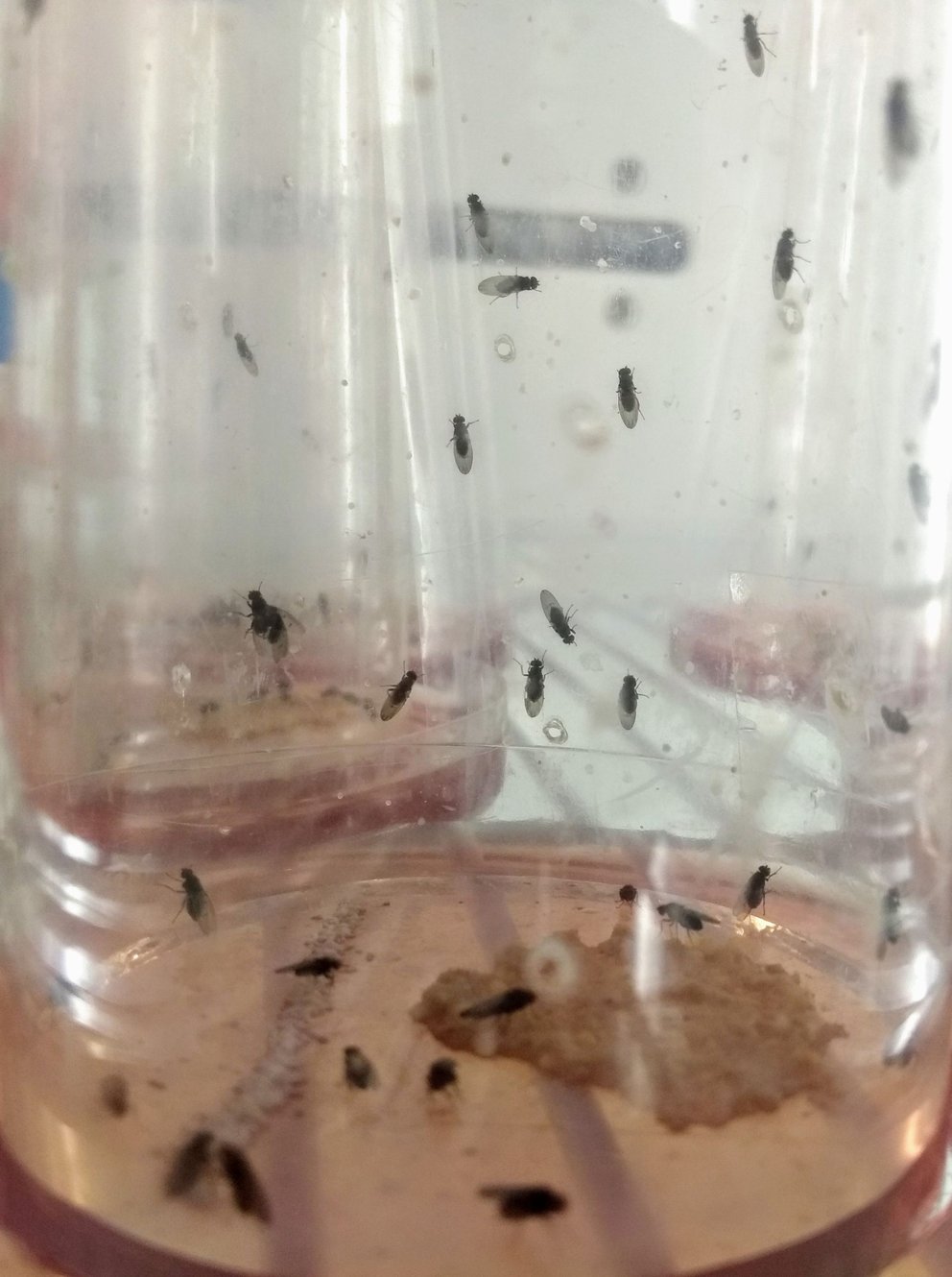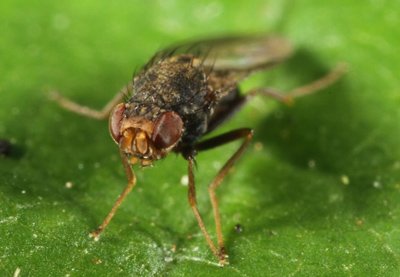One effect of global warming is accelerating animal migrations. Former unoccupied areas have become new homes of several species, including many arthropods. About half of arthropod species harbor endosymbiont bacteria Wolbachia. Wolbachia manipulate arthropod hosts by several ways for their maximum transmissions. These bacteria are usually maternally

Drosophila nigrosparsa is an alpine fly species, living in the montane area at around 1000 meters above sea level. This fly species has been rearing in the laboratory for many years. The flies I use in my study were collected at Kaserstattalm, Stubai Valley. Previous analysis revealed that this fly species is never infected by Wolbachia before.
Recently, Wolbachia-harbored fruit fly D. suzukii has invaded Europe in many countries, for example, in south Tyrol, Italy. As temperature is rising, D. suzukii might migrate upwards and it is possible that D. nigrosparsa will be infected with Wolbachia in the future.
To study effects of Wolbachia on D. nigrosparsa, I use microinjection method to infect this fly species with many strains of Wolbachia. Some Wolbachia strains have strong effects on this fly species, some not. Many analyses have been investigated to observe effects of these bacteria on this fly species, such as, temperature tolerance, changes in morphology, and their molecular responses.
Matsapume Detcharoen, MSc
Research Group: Molecular Ecology
matsapume.detcharoen@uibk.ac.at

